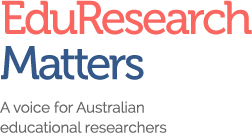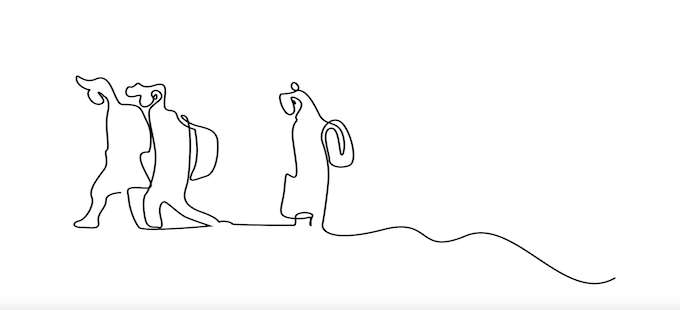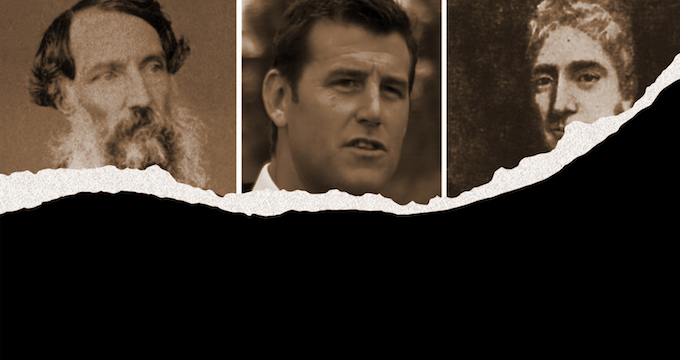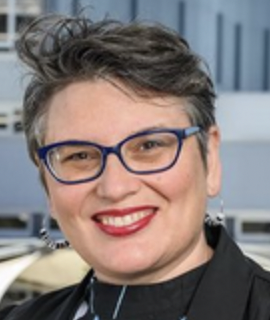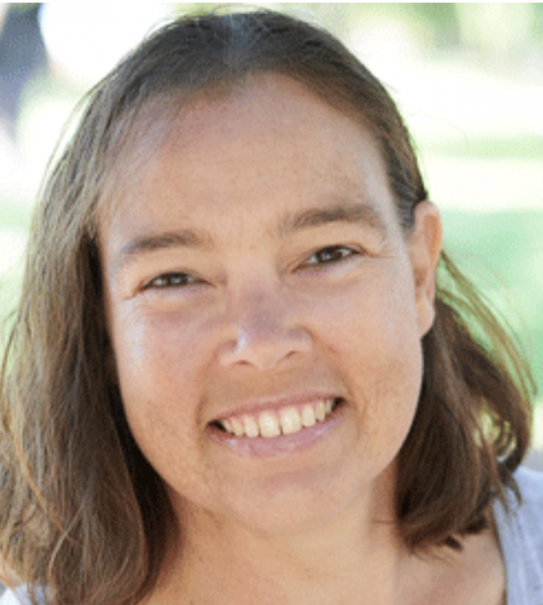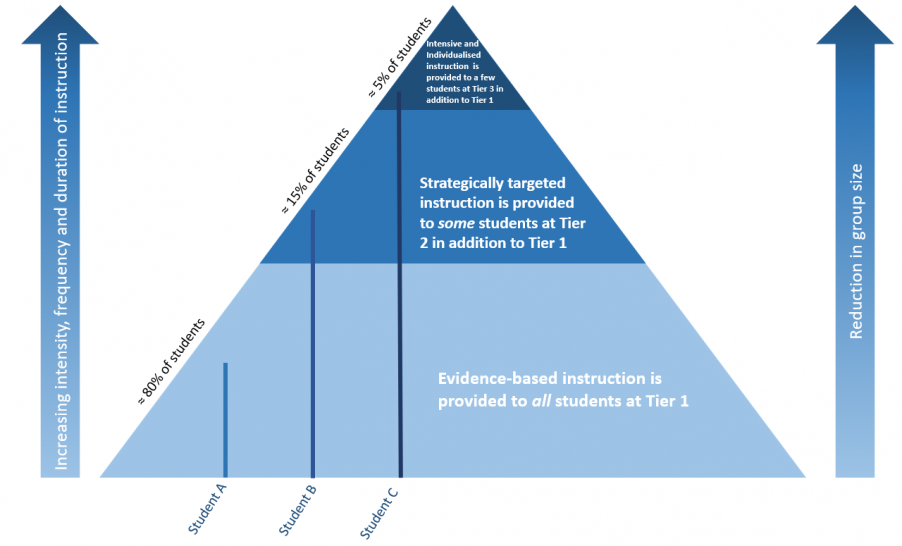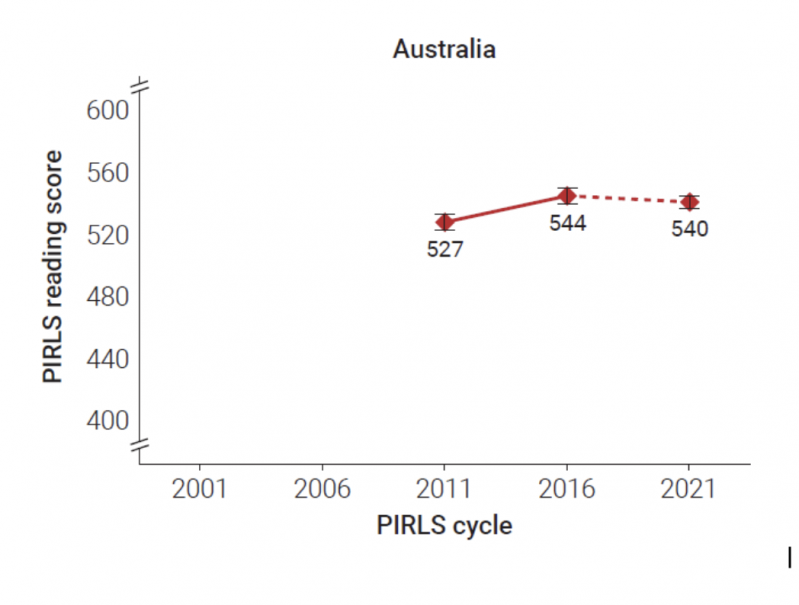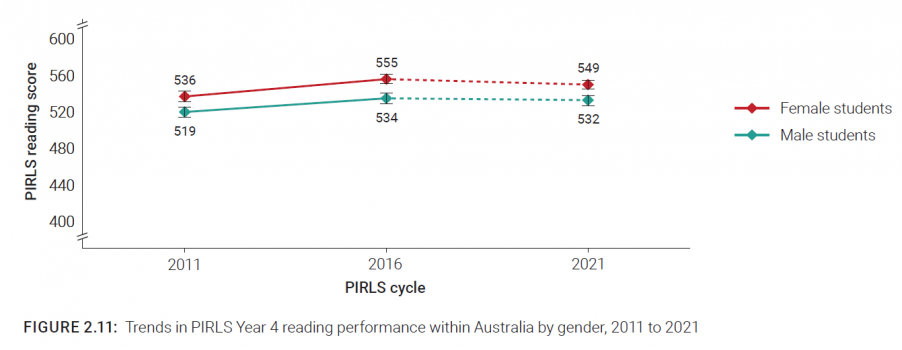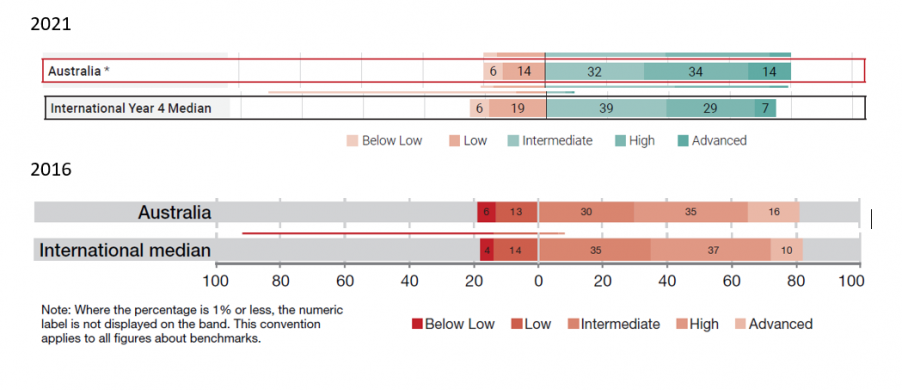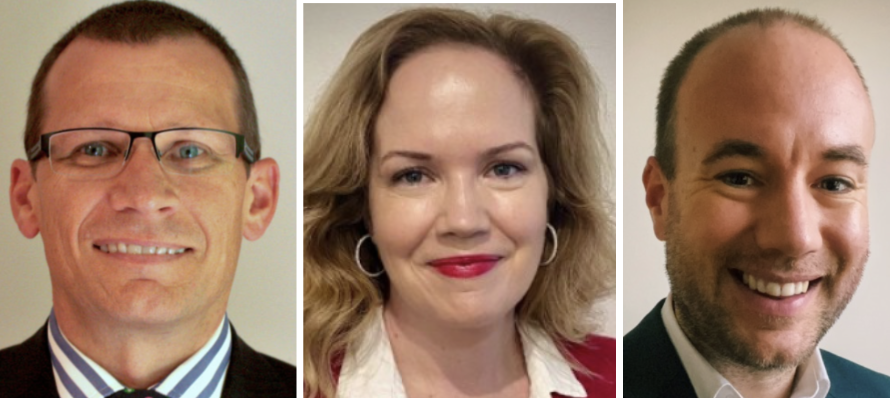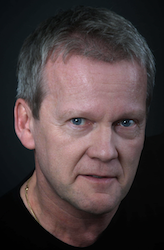Every year, a fraction of the world’s forcibly-displaced people get the opportunity to resettle in one of the main refugee-resettling countries, including Australia. Refugees escape war and violence and search for a place to rebuild their lives. Access to and success in higher education supports refugee integration. However, while access to higher education is around 40 per cent on average globally, among refugees, it is only six per cent.
There is much universities can do to address this challenge!
This week (June 18 to June 24) is international Refugee Week and its theme is Finding Freedom. Freedom is more than the absence of suffering and persecution; genuine freedom entails having the opportunities to be and do what one has reason to value. For refugees, having real freedom means being able to make their own decisions, engage meaningfully in society, and achieve their goals and aspirations.
In this piece we reflect on education as a means of freedom and the role of universities in helping refugees find freedom.
Globally, universities engage in humanitarian work in many ways. Universities, as public goods, can facilitate integration opportunities through their role in society. Firstly, as sites of higher learning, universities can offer hope and pathways to individual, community development and tools for economic participation and future nation-rebuilding. Secondly, as key brokers between students and professions — through liaison with community, employers, and professional associations — universities can push for more postgraduate opportunities and shift employer and societal attitudes towards more positive welcome for forced migrants. Thirdly, universities have a role to play in creating more durable solutions to refugee resettlement through the development of educational migration refugee pathways.
Universities Can and Should Play a Bigger Role in Supporting Refugees
In a recent book, entitled The Good University, sociologist Raewyn Connell highlights five key features of a good university. For Connell, a good university is democratic, engaged, truthful, creative, and sustainable,“fully present for the society” that supports it. An engaged university is a responsive and responsible university. A good university produces socially relevant knowledge for addressing pervasive issues (e.g. environmental catastrophe and humanitarian crises). An engaged university deals with difficult societal issues such as injustice, racism, domination, and exploitation.
A good university is not simply an economic machinery; it does not aspire just to contribute to knowledge economy. A good (and engaged) university is committed to building a knowledge society that is just, caring, democratic, and sustainable.
In our collective response to humanitarian crises, universities have three critical roles to play. The most common strand of engagement concerns widening access to teaching and learning in higher education. Universities can offer special consideration to admit forcibly displaced people, including offering online access to courses to people in displacement contexts, such as this example from the University of Leicester in the UK. Many universities in Australia and internationally also offer financial assistance in the form of scholarships.
The second form of humanitarian response is research and training. Universities generate knowledge on causes, consequences, and potential solutions of humanitarian crisis. Humanitarian training focuses on equipping leaders in emergencies with evidence-based knowledge and skills. Examples include the Harvard Humanitarian Initiative and Deakin University’s Centre for Humanitarian Leadership.
The third example of university responses to humanitarian crisis is advocacy. University staff and students in the Global North engage in awareness raising activities and campaigns. The efforts range from mobilising financial resources and engaging in public consultation to organizing seminars and panel discussions on humanitarian issues. National examples of coordinated advocacy include the Universities of Sanctuary movement in the UK and the Welcoming University initiative in Australia. The Refugee Education Special Interest Group is an example of a grassroots activism network in Australia that works to advocate for better educational opportunities and outcomes for students from forced migration backgrounds. At the institutional level, the Centre for Social Justice and Inclusion at UTS is an excellent example of a university that is leveraging its resources to advocate at the local level, as well as using its networks to amplify its own and other advocates’ messages nationally.
Policy Invisibility of Refugees
Policy invisibility is a major issue in Australia. Despite being a signatory to major global refugee-related initiatives, including the Refugee Convention (1951) and the New York Declaration for Refugees and Migrants (2016), Australia has failed to ensure that refugees are consistently included in educational policies. Major national inclusion initiatives (for example, the Multicultural Access and Equity Guide and the Alice Spring Educational Declaration) recognise refugees as targets of policy action. However, when it comes to the higher education sector, refugees are invisible. They are subsumed under other equity groups such as Non-English Speaking Background or low Socio-Economic status group. None of these grouping recognise unique educational needs of refugees. Policy invisibility at sectoral level means, universities have little or no financial incentives to support students with forced migration backgrounds.
What can be done
In a report to the Commonwealth government, Peter Shergold and colleagues stressed: “Investing in refugees, investing in Australia”. That is true. High educational attainment enables refugees to actively participate in the economic, social, and cultural lives of the host society. It supports integration. Conversely, low educational attainment means a loss of human capital, which in turn may diminish national economic productivity and competitiveness. This is particularly the case, given the majority of refugees are young and eager to rebuild their lives.
In their journeys to, through, and out of higher education, refugees and asylum seekers in Australia can face many challenges associated with English language proficiency, navigational resources, and ongoing academic support.
Facing similar challenges, the German government managed to enrol tens of thousands of refugees into higher education by (a) funding an independent agent that could assess educational levels and qualifications of refugees, (b) supporting refugees to study in special academic preparatory colleges, and (c) providing funding to universities enable them to provide ongoing academic support to refugee students.
We believe we can learn a lesson from the coordinated approach to refugee education in Germany. This requires policy recognition as a formally identified equity cohort; it necessitates sustained ‘Welcoming Refugees Universities’ coordination; and it demands a greater shared responsibility between students, staff, institutions, and governments to make sure that the challenges we have been writing about for nearly 10 years become action points, rather than points of perennial concern.
What matters is that educational opportunities help refugees find freedom. The importance of freedom and education for refugees cannot be overstated. For refugees, freedom means more than just the absence of physical confinement. It also means the ability to live a life of dignity and autonomy. Education is a key enabler of this kind of freedom.
A free and fair society should ensure that all qualified members have access to quality and relevant higher education. By providing refugees with the knowledge and skills they need to thrive, education empowers them to build a better future for themselves, and their families.

From left to right: Dr Tebeje Molla is a Senior Lecturer and ARC Future Fellow in the School of Education at Deakin University, Australia. Dr Sally Baker is a Senior Lecturer in the School of Education at UNSW. The Hon. Prof. Verity Firth is Pro Vice-Chancellor (Social Justice & Inclusion) and Executive Director, Centre for Social Justice and Inclusion at UTS.

